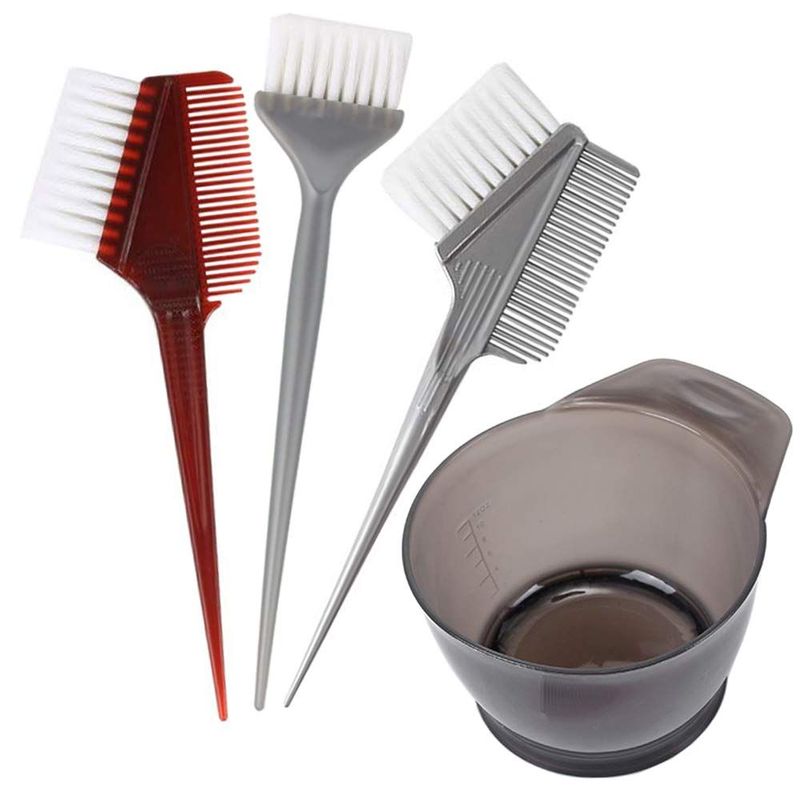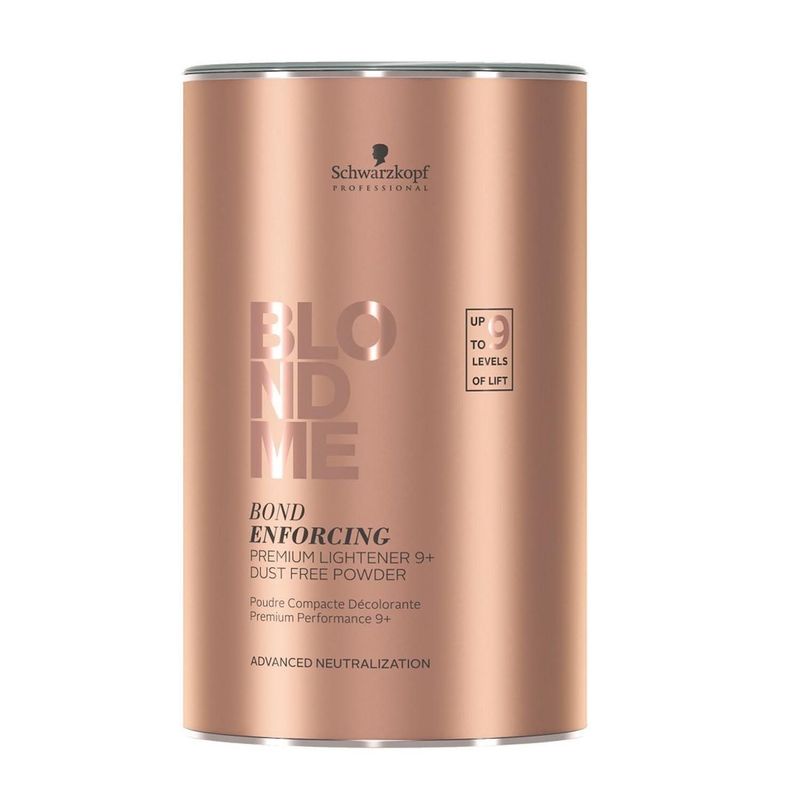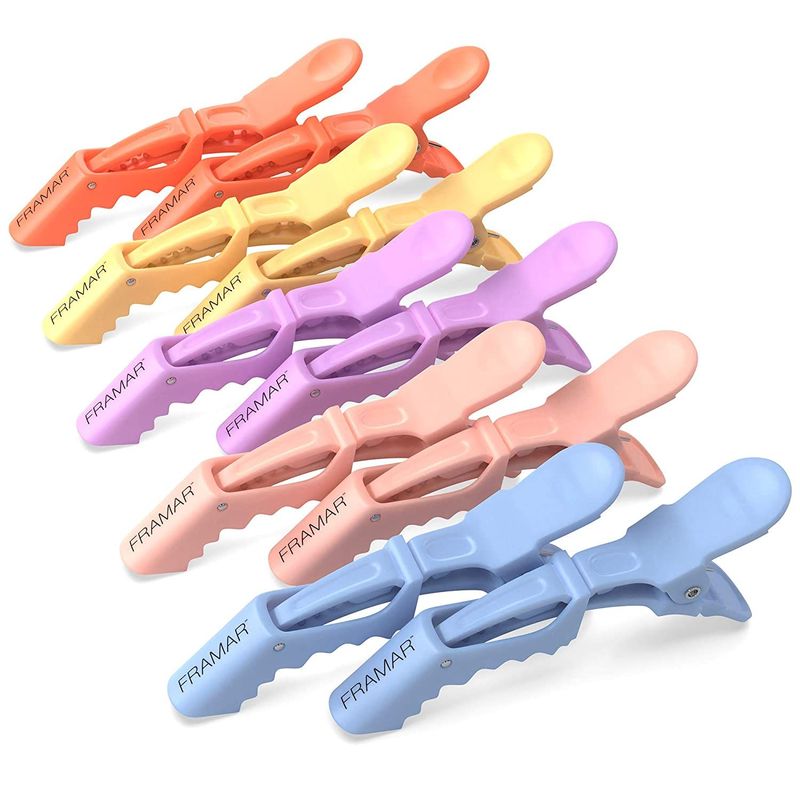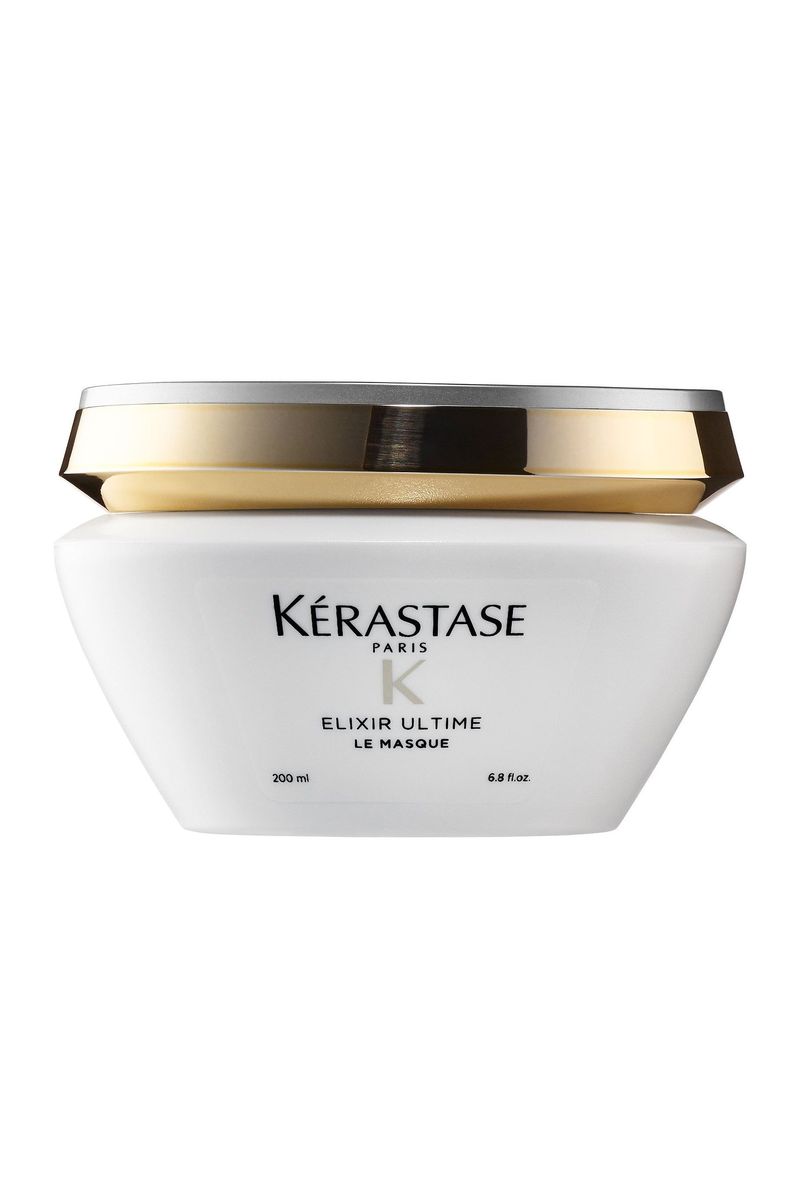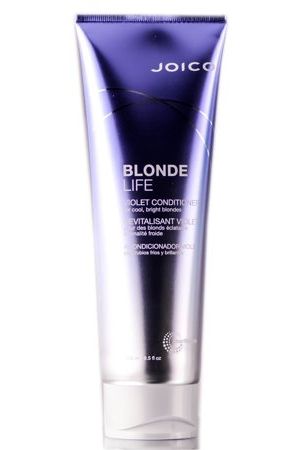How to Bleach Your Hair Without Damaging It (Too Much)
Celebrity hairstylist Kristin Ess tells all.
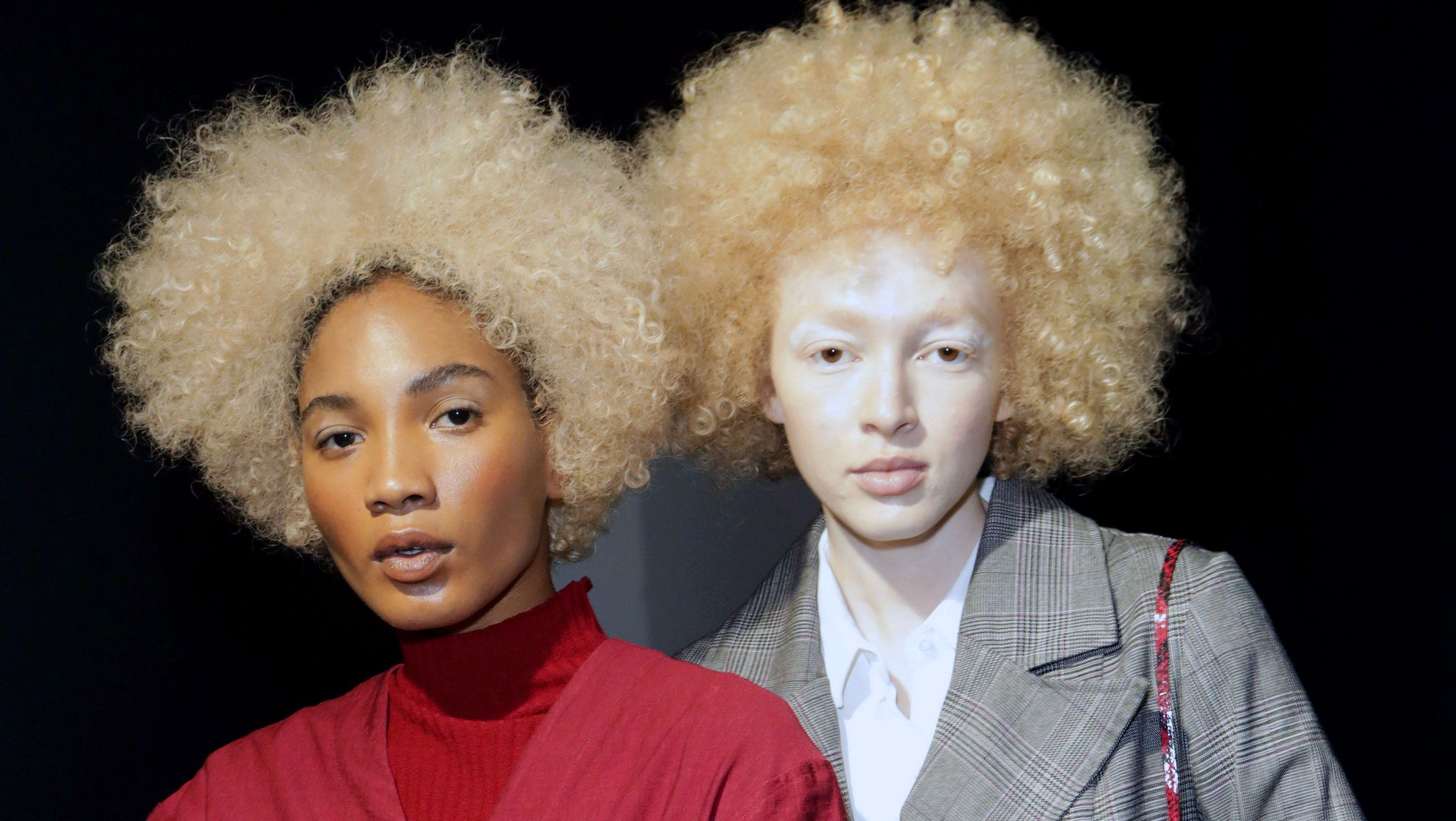
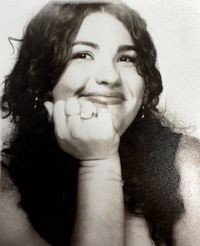
Ah, the early 2000s—the era of boy bands, MySpace, mirror selfies, and hair that was colored in your basement sink with a bottle of bleach and peroxide, à la Christina Aguilera and Beyoncé. (Hey, hindsight is 20/20, right?) But the damage from dyeing your hair several strands lighter can be severe, especially if you don't know what to ask for, how to prep your hair, or how to take care of it afterward. Not to mention, many wannabe blonde bomshells are constantly in search of a manageable at-home solution. To help you out, we chatted with celebrity hairstylist and all-around hair guru Kristin Ess to find out exactly how to bleach your hair without damaging it too much—and how to maintain the health of your newly bleached hair in the long-term.
1. Be Realistic About Bleaching Your Hair
No matter what, going platinum blonde will damage your hair to an extent. Sorry. Lightening your hair to white-blonde levels requires the use of either hydrogen peroxide or bleach to create an irreversible chemical reaction in your hair cuticle, explains Ess. And though the formulas used in salons are gentler than what you'd find under your sink, they're still going to leave your hair somewhat dry and damaged, especially if you're starting with dark or coarse hair.
"The darker your natural hair color is, the more pigment you'll need to remove to get to a platinum level, which requires a harsher process," says Ess. "It's also harder to remove pigment from coarse strands than fine strands, so know that there's only so much you can do to prevent damage if you have dark, coarse hair."
2. Invest In a Good Bleach Formula
That $20 bottle of "non-damaging" and "magical" bleach you found on the internet? Run. Fast. "When it comes to bleaches, you 100 percent get what you pay for," says Ess. "Not all formulas are the same. You want to use higher-quality, less-damaging bleaches that have nourishing additives, like Brazilian Bond Builder, to help preserve the health of the hair."
These formulas are going to cost you more, sure, "but if you want to keep your hair strong and healthy, it's all very, very necessary," Ess adds, especially if you're not cool with hardcore breakage, dryness, frizz, and flyaways. Though prices can vary greatly per salon and location, you should expect to pay upwards of $150 for a good bleach job. Hey, beauty don't come cheap.
Shop Our Favorite At-Home Bleaching Supplies
3. Find the Right Colorist
If you're willing to wait for a salon visit, Ess strongly recommends splurging for the best colorist you can find—whether that's via word of mouth or Yelp reviews—rather than trying to find the salon with the cheapest price (since cheaper usually means harsher formulas).
"Find a hair colorist you trust implicitly to give you the best of the best," says Ess. Or, at the very least, find a colorist with good enough reviews (and pretty enough Instagram photos), that you feel confident in their abilities. "He or she is probably going to be more expensive, but that's because it costs colorists more to get you the good stuff. Platinum blonde hair is an investment if you want it done correctly."
Get exclusive access to fashion and beauty trends, hot-off-the-press celebrity news, and more.
4. Deep Condition Your Hair
"The darker, coarser, or curlier your natural hair is, the more conditioning you're going to need both before and after bleaching it," says Ess. To help mitigate the damage, she recommends slathering on a deep-conditioning mask, like the Wella Enrich Moisturizing Treatment or her own Kristin Ess Strand Strengthening Moisture Mask (trust me; it's genuinely a good mask), over your dry hair every night for the week before and after your appointment, in addition to using a weekly bond-repairing treatment.
"If you're going platinum blonde, you need to use a product that helps repair and strengthen the bonds in your hair fibers," she says. Yes, that all sounds like marketing jargon, but these salon-level treatments, like the cult-favorite Olaplex Hair Perfector No. 3, really do help toughen up and protect your hair.
To use it at home, just comb a palmful of cream through your damp hair, leave it on for as long as possible (overnight with a shower cap is best, but at least 30 minutes, if that's all you have time for), then shampoo as usual. You'll notice softer, shinier hair after one use, and significantly less breakage with consistent use.
Shop Our Favorite Hair Masks for Blonde Hair
5. Book a Touch-Up
If lightening your hair damages it, you should probably wait as long as possible between touch-ups, right? Wrong. "In order to keep your hair color perfectly even and consistent, you want fairly minimal root grow-out—ideally less than an inch," says Ess. "If you wait too long between touch-ups, you risk getting a 'band' of slightly different shades of blonde around your head, which will require a full-on, all-over bleach job to correct." And that is severely damaging.
"If you're getting a bleach and tone—a.k.a. going platinum—make an appointment before you leave the salon for a touch-up in four to six weeks so you don't forget," recommends Ess.
6. Invest In Purple Shampoo
Considering you'll have already sunk a ton of time and money into your hair by the time you're done, we're guessing you'll want to keep your color as bright and shiny as possible, right? Enter: purple products—i.e. shampoos and conditioners infused with purple pigments that help counteract the brassy tones that naturally develop in blonde hair. Once a week, use them in place of your usual shampoo and conditioner to keep your color rich and clear.
Hey, nobody said platinum was a low-maintenance or cheap hairstyle, but if you want your gloriously blonde hair to look less like a walking early-aughts MySpace photo and more like a Blake Lively hair commercial, then we suggest following all of the above to a T, without cutting corners. Your hair will thank you.
Shop Our Favorite Purple Shampoos and Conditioners
RELATED STORIES


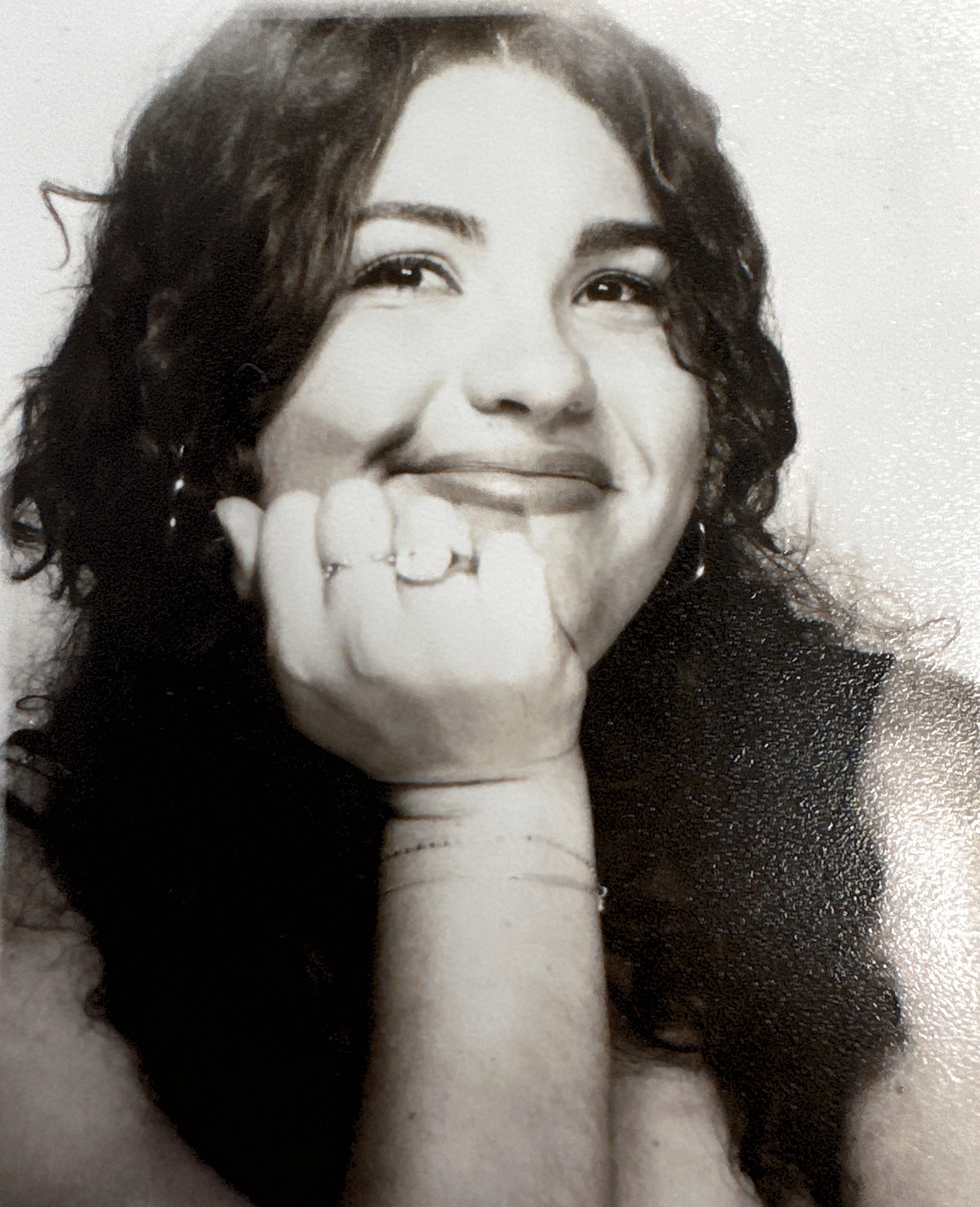
Bianca Rodriguez is the Audience Development Manager at Future, covering fashion, beauty, and more for Marie Claire, Who What Wear US and Who What Wear UK. In addition to spearheading SEO content across brands—whether writing about wardrobe must-haves or strategizing how to make eye-catching content—she is also an avid reader with a deep love and knowledge for books of all genres. More often than not, you can find her lounging with a good book on the weekend.
